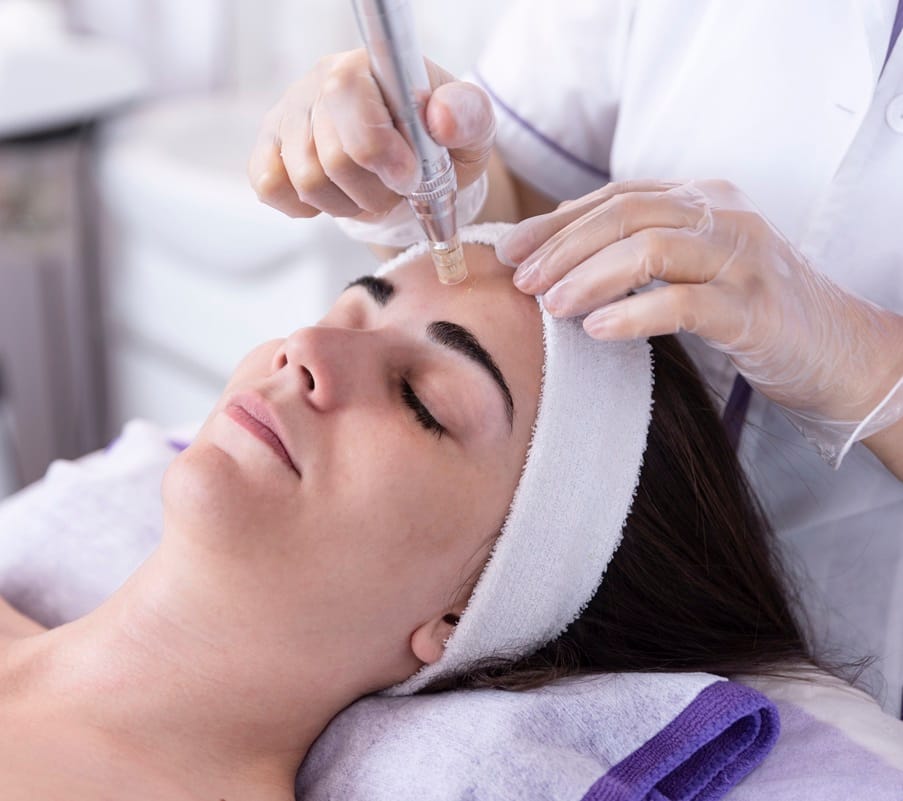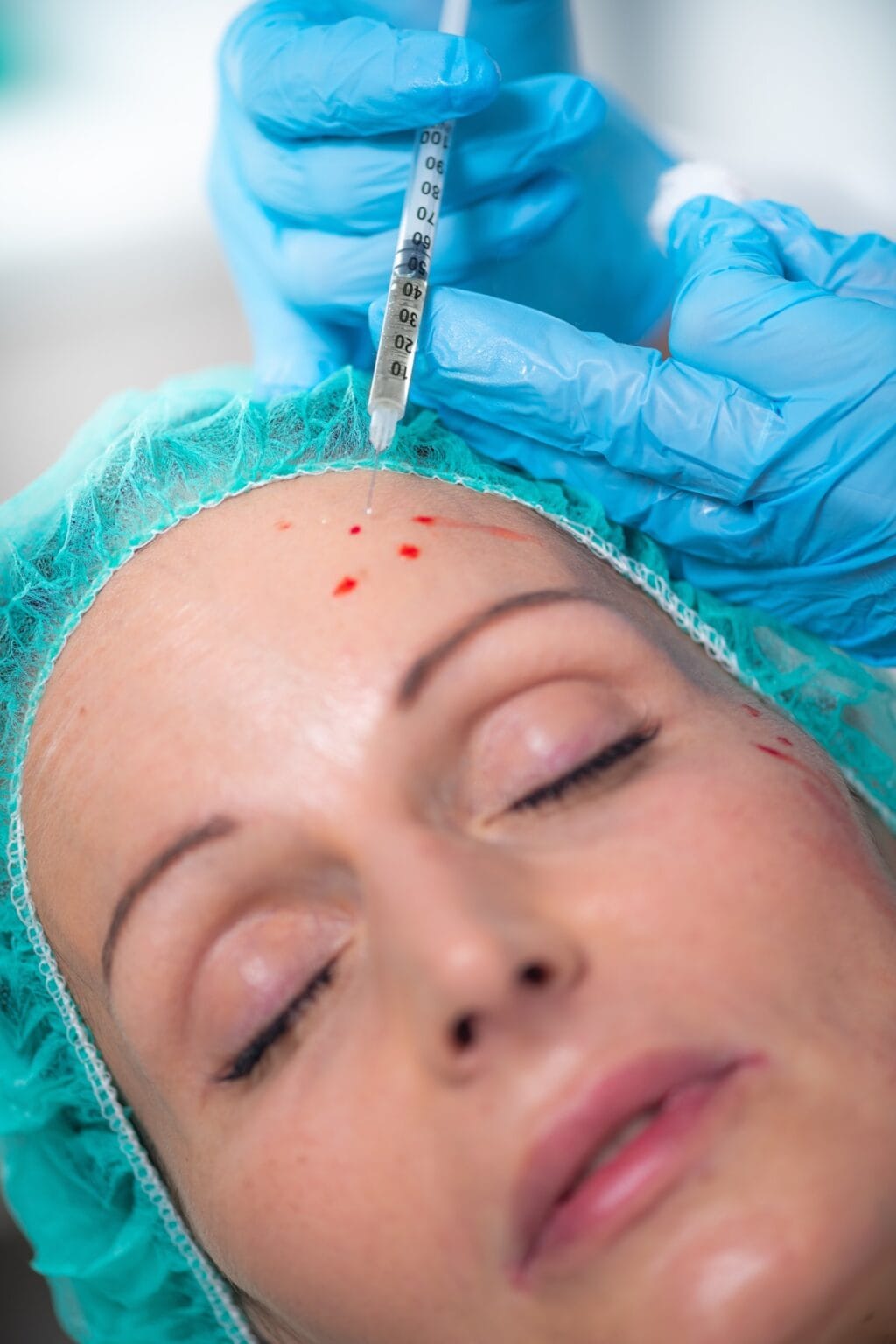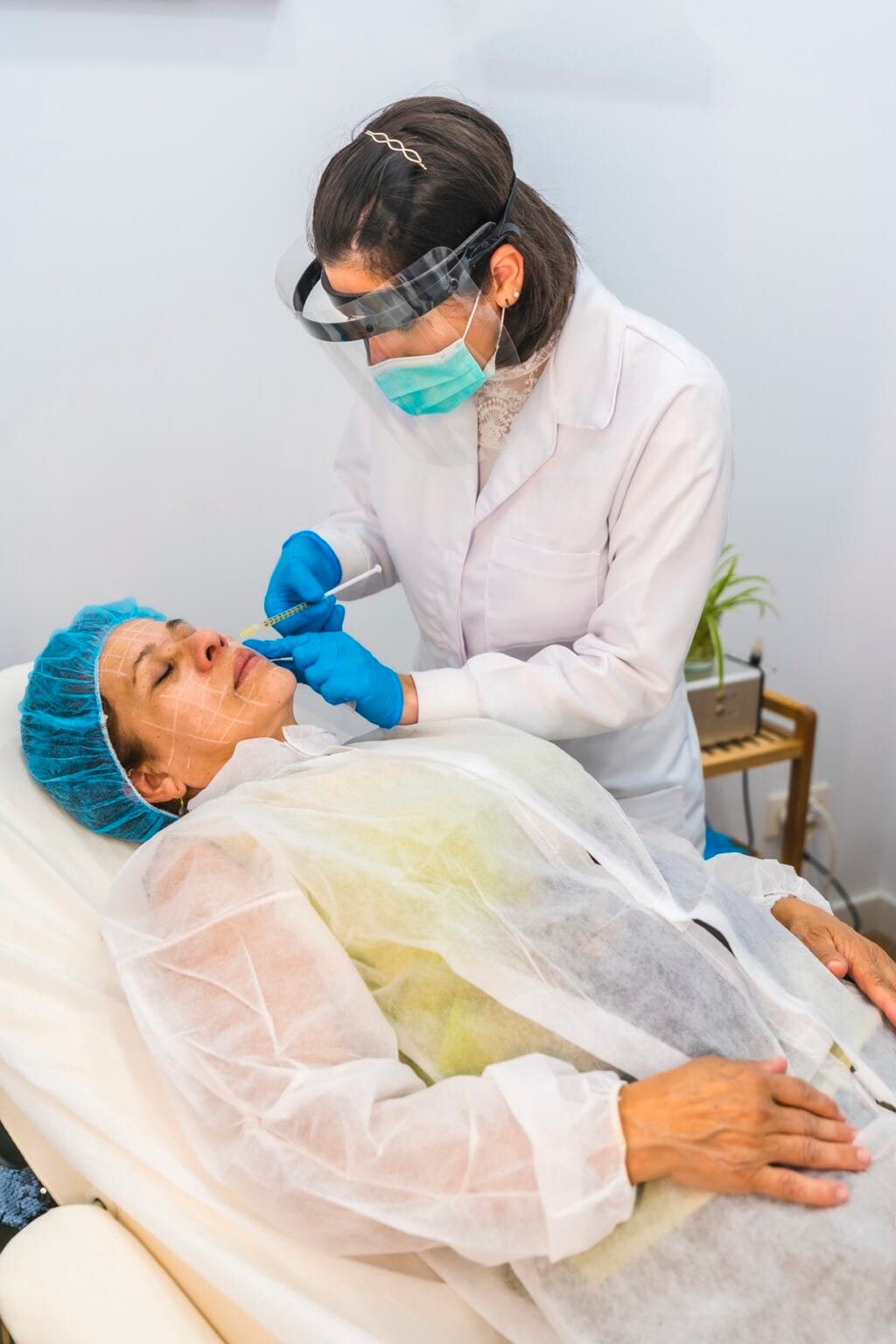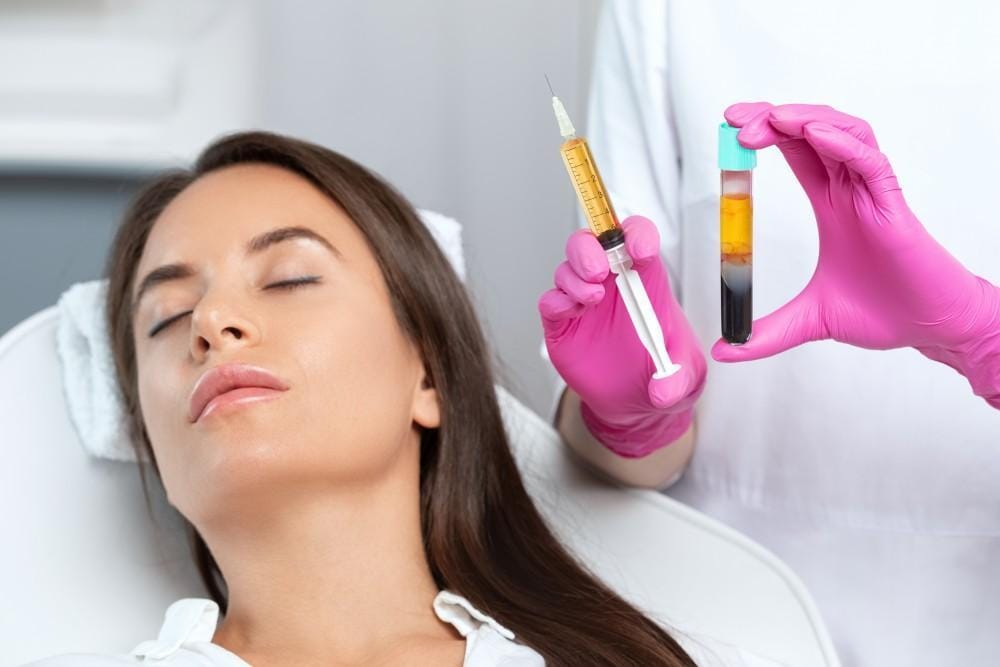PRP Therapy for Facial Rejuvenation in Berwyn and Nearby Communities
PRP Therapy at Elite Med Spa offers a natural, non-surgical approach to facial rejuvenation using your own blood’s healing properties. Serving Berwyn and surrounding areas like Cicero, Oak Park, Riverside, and Forest Park, our expert providers use Platelet-Rich Plasma injections to stimulate collagen production, improve skin texture, reduce fine lines, and restore youthful elasticity for radiant, healthy skin.
How PRP Therapy Works to Rejuvenate Your Skin
PRP (Platelet-Rich Plasma) Therapy is a cutting-edge treatment that harnesses your body’s natural growth factors to enhance skin renewal:
Experience gradual skin rejuvenation, with diminished wrinkles and firmer skin thanks to increased collagen production.

Key Benefits of PRP Therapy for Facial Rejuvenation
Choosing PRP Therapy at Elite Med Spa means benefiting from:
- Improved Skin Texture: PRP helps smooth out rough or uneven skin texture.
- Reduced Fine Lines and Wrinkles: Stimulates collagen production, leading to firmer, plumper skin and reduced appearance of fine lines.
- Increased Skin Elasticity: Enhances skin’s natural firmness and elasticity, creating a more youthful look.
- Brightened Skin Tone: Helps even out skin tone, reducing hyperpigmentation and giving the skin a healthy glow.
- Minimal Downtime: Non-surgical with little to no recovery time, making it a convenient option for many.
- Natural Results: Since it uses your own blood, the results look natural and carry no risk of allergic reactions.
- Long-Term Benefits: Continued collagen production over time can lead to lasting improvements in skin appearance.
PRP therapy pairs well with complementary treatments like SkinPen Microneedling and HydraFacial MD to maximize your skin’s health and glow.

What to Expect During Your PRP Therapy Procedure
At Elite Med Spa, your comfort and safety are our priorities during every step of your PRP facial treatment:
- Consultation: The practitioner evaluates your skin and discusses your goals to determine if PRP therapy is suitable for you.
- Blood Draw: A small amount of blood is drawn from your arm, similar to a routine blood test.
- Processing: The blood is placed in a centrifuge, which spins it to separate the platelets from the other components, concentrating them into Platelet-Rich Plasma (PRP).
- Preparation: The treatment area on your face is cleaned and a topical numbing cream may be applied to minimize discomfort during the injections.
- Injection: The PRP is then carefully injected into targeted areas of your face using fine needles. The practitioner may inject the PRP into specific wrinkles, fine lines, or areas showing signs of aging.
- Post-Treatment Care: After the procedure, you may experience mild redness, swelling, or bruising in the treated area, but these effects typically subside within a few days.
The procedure typically takes around 30-60 minutes, and there’s little to no downtime, making it easy to resume normal activities shortly after. Results improve over time as collagen production increases.

Schedule Your PRP Therapy Consultation in Berwyn Today
Rejuvenate your skin naturally with PRP Therapy from Elite Med Spa. Our experienced team is proud to serve Berwyn and nearby communities including Cicero, Oak Park, Riverside, Forest Park, and Stickney. Contact us at 855-293-1033 to book your personalized consultation and take the first step toward healthier, younger-looking skin. Located at 6203 Cermak Rd, Berwyn, IL 60402

